Today, May 10,
UNIQLO will start selling products made in collaboration with Marimekko.
The theme is “Joyful Summer Picnic”.
It’s a limited collection that will look great in the summer sun.

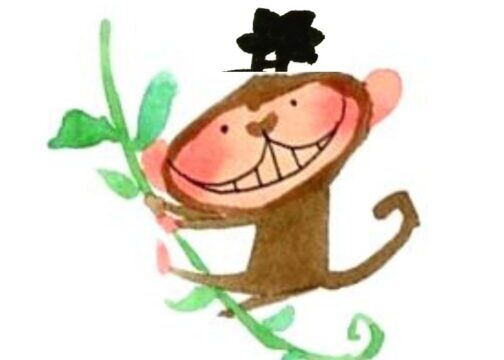
(SARUDONO)
What is Marimekko?
Explain it in a way that even I, a visitor from the Edo period, can understand!
Marimekko is a brand born in Finland in 1951,
and is known for its unique print patterns and beautiful colors.

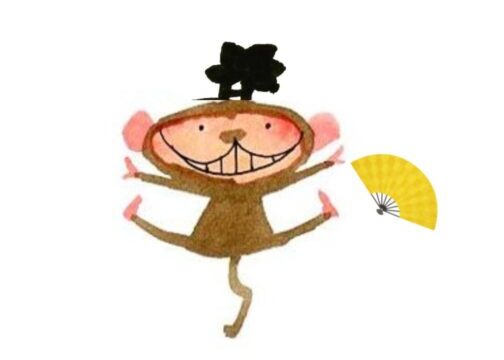
(SARUDONO)
Interesting!
There are six print patterns used in this collaboration with UNIQLO.
Ruukku (Flower Pot)
A sea of flowers in full bloom and rippling in the air.
Melooni (Melon)
A large print that stylizes abstract natural forms.
Lirinä (sound of gurgling water)
The liquid Lirinä (sound of gurgling water) is reminiscent of the summer sea.
Demeter (Greek goddess)
Pattern with small floral patterns.
The print is handmade, especially the color overlap between the petals and the center, which took hundreds of tests to achieve.
Asema
Asema’s minimalistic design is characterized by its neatness and orderliness.
Galleria
One of the strong stripe prints that have become a timeless classic.
The lineup seems to consist of 8 items for women, 2 items for girls, and 3 items for babies.
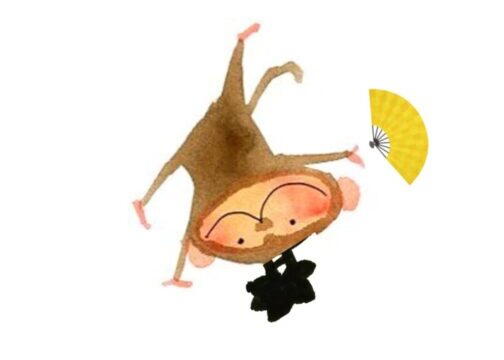
(SARUDONO)
Various kinds!
Personally, I’m interested in the sleeveless T-shirt and the round mini shoulder!
I think these gorgeous Marimekko shoulders would make a great fashion statement….
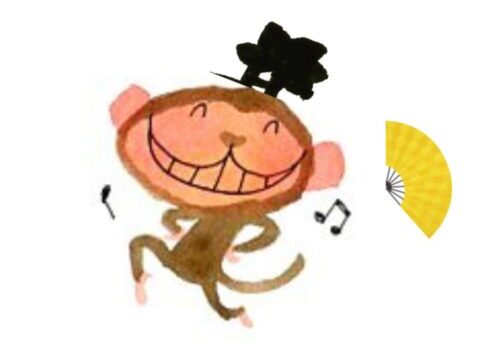
(SARUDONO)
I came here from the Edo period (1603-1867), and we used to wear kimonos in those days.
The clothes we wore depended on our age and status.
Is that true?
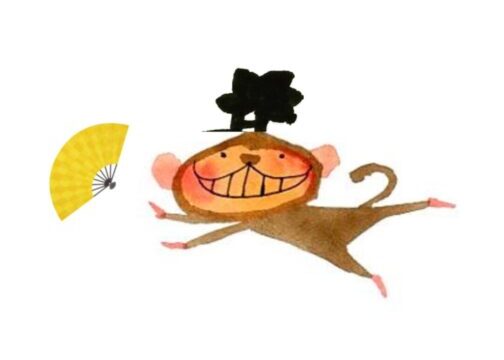
(SARUDONO)
Yes.
For example, while serving in a castle, a samurai would wear a long hakama over his kimono.
A samurai’s wife would wear a uchikake over her kimono, called a kosode, and carry a kogatana (small sword) on her obi (sash).
I see!
How did the townspeople dress?

(SARUDONO)
The men of the town took great care to wear kimonos they bought at secondhand clothing stores.
It was chic to wear a haori over it.
A haori?

(SARUDONO)
Yes.
Some had long hems, some had short hems, some had short sleeves, some had no sleeves.
Various types of haori were in fashion from time to time.
I see!
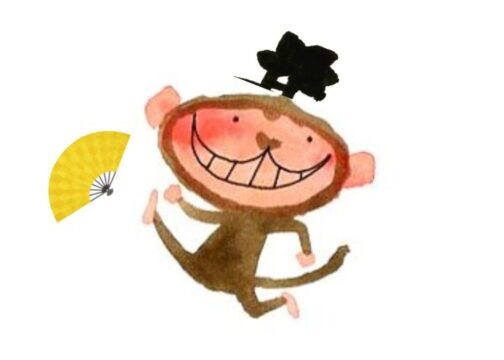
(SARUDONO)
Mm.
The wives of merchants wore kimonos and aprons called maekake or maetare (aprons worn over the kimono).
Is that so?
You could tell what kind of person they were just by looking at their outfit, couldn’t you?
Now, let’s get back to the story.
UNIQLO has the following announcement!
↓
Women’s items are limited to one item of one color and pattern per person, and baby items are limited to two items per person per color and pattern.
ORDER & PICK is not available for popular items.
Because we expect the store to be crowded on the day sales begin, numbered tickets will be distributed before the store opens.
The store is going to be crowded…
Please be careful if you are going to the store☆
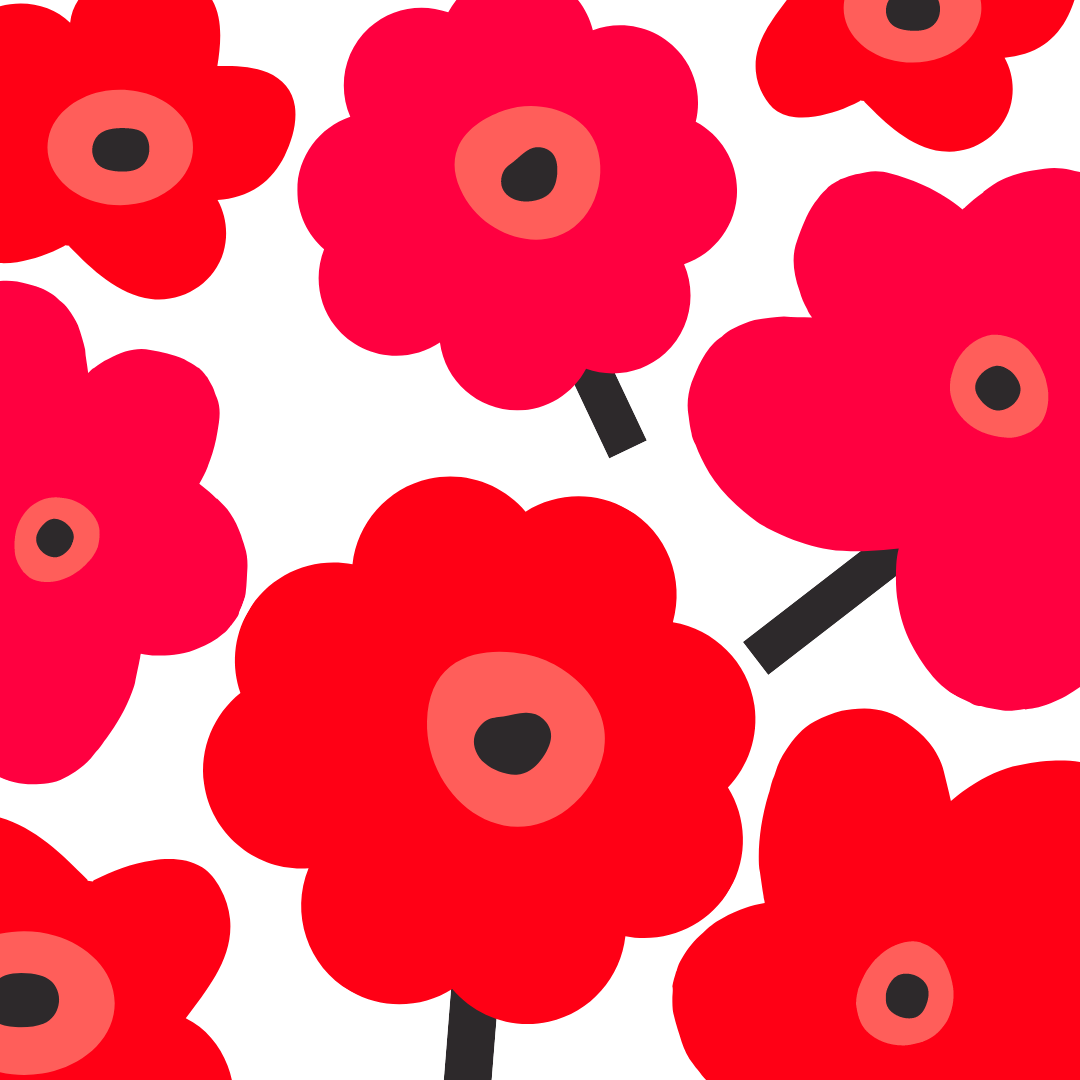


コメント